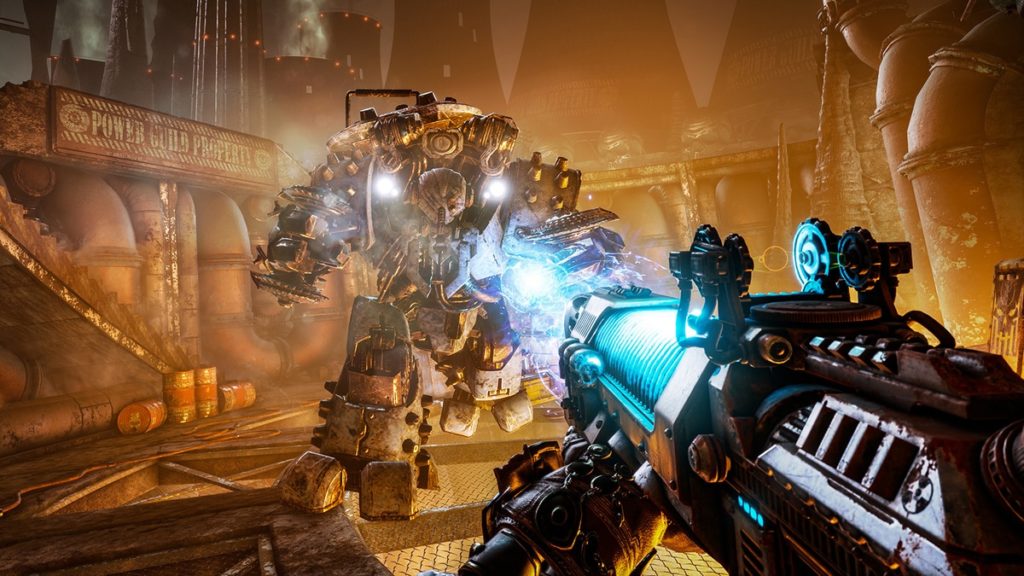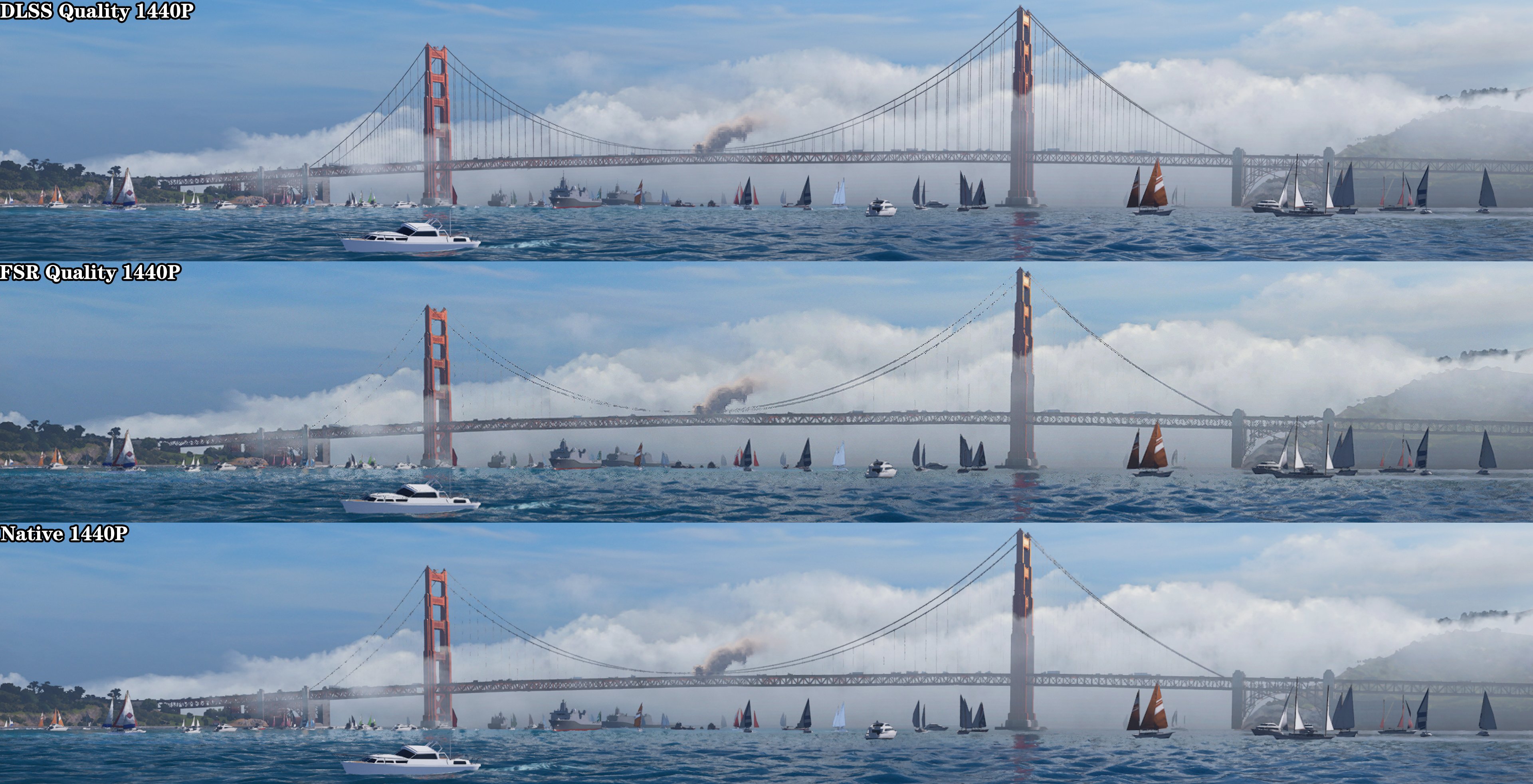Image: Streum On Studio
YouTuber Back4BuckPC Gamer has shared a video that demonstrates how AMD’s FidelityFX Super Resolution spatial upscaler fares against NVIDIA’s deep learning super sampling alternative in one of the first titles to include both performance-enhancing technologies, Necromunda: Hired Gun. The results in 4K appear to be quite similar in terms of visual quality, although FidelityFX Super Resolution seems to have a slight edge in regard to motion and performance. Another enthusiast, KanaSaber, has shared images of how AMD and NVIDIA’s upscaling implementations compare in Marvel’s Avengers at 1080p, 1440p, and 4K resolutions. NVIDIA DLSS appears to do a much better job with certain elements such as the cabling on the Golden Gate Bridge and strands of hair.
pic.twitter.com/SGdpwJFoS7— 4r7hur...
Continue reading...


